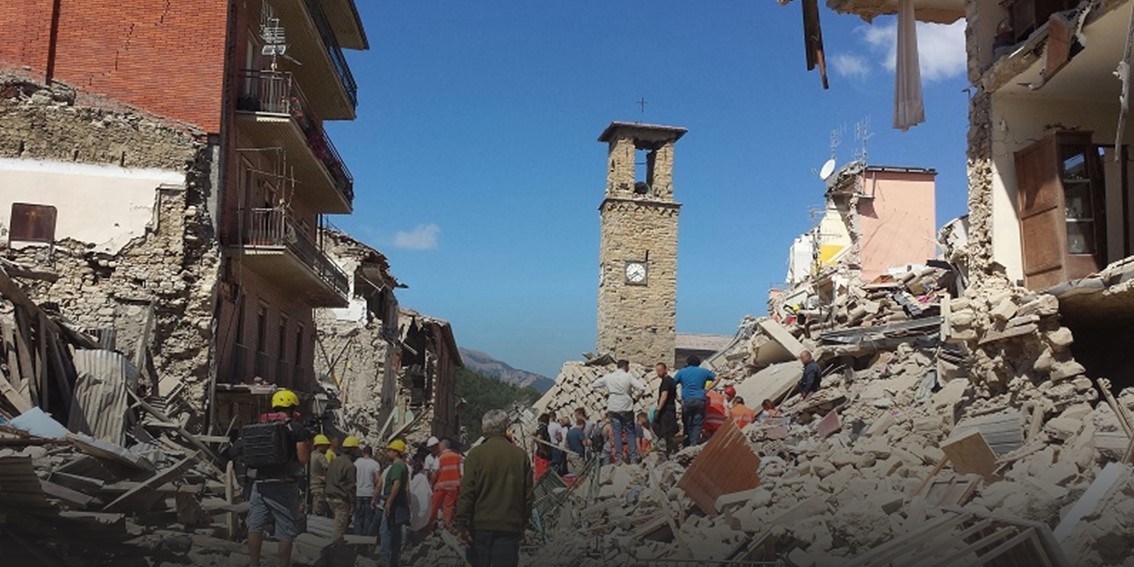
In order to supplement current views of seismic risk, Guy Carpenter has been exploring the impact of aftershock hazard on property and casualty loss estimation.
Traditional probabilistic seismic hazard analysis methodologies typically consider only the mainshock – that is, the largest shock. However, recent large earthquakes and public planning scenarios suggest that this approach can ignore additional major impacts.
For example, in the earthquake sequence in 2010 and 2011 in Canterbury, New Zealand, the largest earthquake (the mainshock) on September 4, 2010 was M7.1 and caused USD 6 billion of damage in 2011 dollars.
However, the most economically damaging shock was the comparatively shallow M6.2 aftershock on February 22, 2011, within 8 kilometers of Christchurch, which caused significantly more economic damage (USD 15 billion) and loss of life, according to Swiss Re sigma research.
The US Geological Survey’s HayWired Earthquake Scenario (2018) for public planning provides an opportunity to expand the modeling of seismic catastrophes. Building on recent lessons learned, this includes a two-year aftershock sequence that can supplement the results of traditional catastrophe modeling of earthquakes.
Estimates indicate there is a 1-in-5 chance of an aftershock of M6.4 occurring in the weeks or months following a M7.0 mainshock. Using spatial-temporal information from the HayWired scenario, a range of losses may be built around the mainshock risk assessment, allowing for a more holistic view.
Risk specialists across the Marsh businesses are capable of extending the spatial-temporal models to address the broader economic consequences of the scenario and potential impact on other facets of the economy, such as the housing finance ecosystem in the US.
From this comprehensive evaluation, our risk specialists help clients identify the right risk transfer solutions, from traditional insurance to parametric solutions to community-based catastrophe insurance.